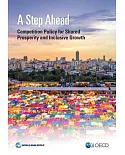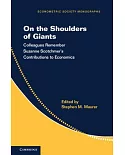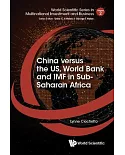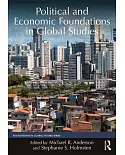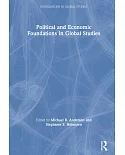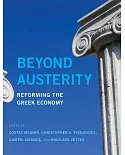When the global financial crisis broke, central banks in both the US and the UK undertook massive asset purchase programmes which resulted in considerable increase in assets. Cross-border
spill over effects were noted across global economies. Balance sheet adjustments may eventually gnaw at the profit-earning capacities of central banks, and in extreme cases, negative equity
can manifest.
This study investigates a benchmark for comparing central banks. The author employs a large set of metrics to gauge the quality of central banks, and presents an argument to reflect upon
international best practices. The study uses different criteria including the accounting body, research, presence of stress-testing exercises, inflation-targeting frameworks, staff
efficiency, and languages of communication with the public. The book begins by providing an overview of central banking, before exploring some stylized facts about central banks in detail. It
then presents a ratings methodology for central banks worldwide, and concludes by offering some insights into comparing central banks.


